In the dynamic world of digital marketing and search engine optimization (SEO), creating high-quality content is more important than ever.
One framework that has become central to this effort is Google’s E-E-A-T, which stands for Experience, Expertise, Authoritativeness, and Trustworthiness.
This concept, rooted in Google’s Search Quality Rater Guidelines, helps evaluate the quality of online content, particularly for topics that significantly affect people’s lives—such as health, finance, or business decisions.
However, its principles apply universally, making it a vital consideration for any content creator aiming to succeed online.
At 1Solutions, we specialize in delivering digital solutions that empower businesses to thrive in a competitive landscape. We recognize that content is not just about ranking on search engines—it’s about establishing credibility, engaging your audience, and driving meaningful results.
This article provides a deep dive into E-E-A-T, offering a practical checklist to ensure your content meets Google’s quality standards. Whether you’re a marketer, business owner, or content creator, you’ll find actionable strategies here to elevate your online presence.
Introduction to Google E-E-A-T
Google’s E-E-A-T framework is a set of criteria used by human quality raters to assess the value and reliability of web content. While it’s not a direct ranking factor, E-E-A-T reflects the qualities Google’s algorithms prioritize when determining which pages deserve to rank higher in search results. Here’s a quick breakdown of what each component means:
- Experience: Demonstrates first-hand or practical knowledge of the topic.
- Expertise: Showcases specialized skills or in-depth understanding.
- Authoritativeness: Establishes the creator or website as a respected source.
- Trustworthiness: Ensures the content is accurate, honest, and dependable.
For businesses like those we serve at 1Solutions—ranging from startups to established enterprises—mastering E-E-A-T is key to standing out.
Whether you’re publishing blogs about digital marketing trends, technology solutions, or business strategies, aligning your content with these principles can enhance your SEO performance and build lasting trust with your audience.
Understanding Each Component of E-E-A-T
To implement E-E-A-T effectively, let’s explore each component in detail, including why it matters and how to demonstrate it in your content.
1. Experience: The Power of Real-World Insight
Experience was added to the E-E-A-T framework in 2022, highlighting the value of personal or professional involvement with a topic. In an era where AI tools can churn out generic content, human experience offers a unique edge that resonates with readers.
- Why it matters: Content grounded in real-world experience feels authentic and provides practical insights that generic articles often lack. For example, a blog post about implementing a CRM system is far more compelling when written by someone who has successfully deployed it for clients.
- How to demonstrate experience:
- Share personal stories or lessons learned from your work.
- Include case studies that detail specific challenges and solutions.
- Offer step-by-step accounts of processes you’ve mastered.
At 1Solutions, we leverage our hands-on experience to create content that reflects real-world applications. For instance, instead of just explaining the benefits of SEO, we might describe how we optimized a client’s website to double their organic traffic.
2. Expertise: Proving Your Knowledge
Expertise is about demonstrating a high level of skill or knowledge in your field. It reassures readers—and Google—that your content comes from a qualified source.
- Why it matters: Expertise builds confidence. If you’re advising businesses on technology solutions or marketing tactics, your audience needs to know you’re not just guessing—you’ve got the chops to back it up.
- How to showcase expertise:
- Highlight author credentials in bios (e.g., certifications, years of experience).
- Use precise, industry-specific language where appropriate.
- Back up claims with data, research, or examples.
For example, a post about improving website performance could include metrics from a tool like Google PageSpeed Insights, analyzed by someone with a proven track record in web development. Our team at 1Solutions ensures every article reflects our deep industry expertise, making it a reliable resource for our readers.
For more on how expertise shapes content quality, explore Moz’s guide to E-E-A-T.
3. Authoritativeness: Becoming a Recognized Leader
Authoritativeness measures how well you or your website is regarded as a credible source within your niche. It’s about earning respect from peers, users, and search engines alike.
- Why it matters: An authoritative site is more likely to attract organic traffic, backlinks, and loyal readers. It’s a signal of quality that Google values highly.
- How to build authoritativeness:
- Earn backlinks from reputable sites through high-quality content or outreach.
- Publish consistently on topics relevant to your industry.
- Engage with thought leaders or contribute to industry discussions.
For 1Solutions, building authority might mean creating in-depth guides on digital solutions or partnering with respected publications. Over time, these efforts establish us as a go-to resource for businesses seeking reliable advice.
Also Read: How to Build Backlinks Naturally
4. Trustworthiness: The Bedrock of Credibility
Trustworthiness ties everything together. It’s about ensuring your content is accurate, transparent, and safe, making it a dependable resource for your audience.
- Why it matters: Without trust, even the most expert content falls flat. Readers—and Google—need to know they can rely on what you publish.
- How to ensure trustworthiness:
- Cite credible sources for facts, statistics, or claims.
- Avoid exaggerated headlines or misleading information.
- Be upfront about affiliations, sponsorships, or biases.
For example, if we recommend a tool or strategy, we’ll explain why it works and link to evidence supporting our stance. This transparency is a hallmark of how 1Solutions builds trust with our clients and readers.
Learn more about Google’s trustworthiness standards in the Search Quality Rater Guidelines.
Implementing E-E-A-T in Your Content: A Practical Guide
Understanding E-E-A-T is one thing—putting it into practice is another. Here’s a step-by-step guide to help you integrate these principles into your content strategy.
Step 1: Audit Your Existing Content
Start by reviewing your current content to see where it stands. Ask:
- Does it reflect real experience or expertise?
- Are there opportunities to strengthen authority or trust?
A thorough audit can reveal gaps—like outdated stats or missing author bios—that you can address to align with E-E-A-T.
Step 2: Strengthen Author Profiles
Add or enhance author bios to highlight qualifications and experience. Include:
- Professional titles or certifications.
- Links to LinkedIn profiles or past work.
- A brief summary of relevant expertise.
This small step can significantly boost your content’s perceived expertise and trustworthiness.
Step 3: Weave in First-Hand Experience
Look for ways to personalize your content. For example:
- Share a story about solving a client’s problem.
- Detail a process you’ve refined over years of practice.
- Use “we” or “I” to connect directly with readers.
This approach makes your content more engaging and proves you’ve walked the walk.
Step 4: Back Up Claims with Sources
Whenever you make a statement, support it with evidence from credible sources—think industry reports, academic studies, or trusted blogs. Properly attribute these sources with links, enhancing both expertise and trustworthiness.
Step 5: Pursue High-Quality Backlinks
Focus on earning links from authoritative sites in your niche. Strategies include:
- Writing guest posts for respected publications.
- Creating shareable resources like infographics or research papers.
- Networking with industry influencers.
These backlinks signal to Google that your content is worth referencing.
Step 6: Keep Content Fresh and Accurate
Regularly update your content to reflect the latest trends or data. For fast-moving fields like technology or marketing, this is especially important. Outdated content can erode trust, so schedule periodic reviews to keep everything current.
Step 7: Prioritize User Experience
A trustworthy site is easy to use and secure. Ensure your website:
- Loads quickly and works on mobile devices.
- Uses HTTPS for security.
Avoids clutter like excessive ads.
A seamless user experience reinforces the quality of your content.
Also Read: How to Implement HTTP Strict Transport Security
Your E-E-A-T Checklist
|
Component |
Key Questions |
| Experience | – Does the content include personal insights or case studies?
– Are processes or solutions explained from a practical perspective? |
| Expertise | – Is the author qualified (e.g., credentials, experience)?
– Does the content provide in-depth, accurate information? |
| Authoritativeness | – Does the site have backlinks or mentions from credible sources?
– Is it recognized as a reliable resource in your niche? |
| Trustworthiness | – Are claims supported by reputable sources?
– Is the content free from errors, bias, or sensationalism? – Does the site offer a secure, user-friendly experience? |
Use this checklist as a quick reference when planning, writing, or reviewing content.
How E-E-A-T Impacts SEO
While E-E-A-T isn’t a direct ranking signal, it influences the factors Google does measure—like user engagement, backlinks, and content relevance. Here’s how:
- Experience and Expertise create content that keeps readers on the page longer, reducing bounce rates.
- Authoritativeness drives backlinks, a major ranking factor.
- Trustworthiness boosts click-through rates and dwell time by delivering reliable information.
For YMYL (Your Money or Your Life) topics—think finance or health—E-E-A-T is even more critical, as Google applies stricter standards to prevent misinformation.
While 1Solutions’ focus on technology and business solutions may not always fall under YMYL, many of our topics (e.g., strategies that affect financial outcomes) still benefit from a strong E-E-A-T approach.
See how E-E-A-T affects rankings in Search Engine Land’s analysis.
Conclusion: Elevate Your Content with E-E-A-T
Mastering Google’s E-E-A-T framework is about more than SEO—it’s about creating content that your audience can trust and value.
By focusing on experience, expertise, authoritativeness, and trustworthiness, you’ll not only improve your search performance but also position your brand as a leader in your field.
At 1Solutions, we’ve seen how prioritizing E-E-A-T transforms our clients’ digital presence, from higher engagement to stronger customer relationships. Use the checklist and strategies in this article to refine your content and achieve similar results.
Start implementing E-E-A-T today, and watch your content—and your business—thrive.



















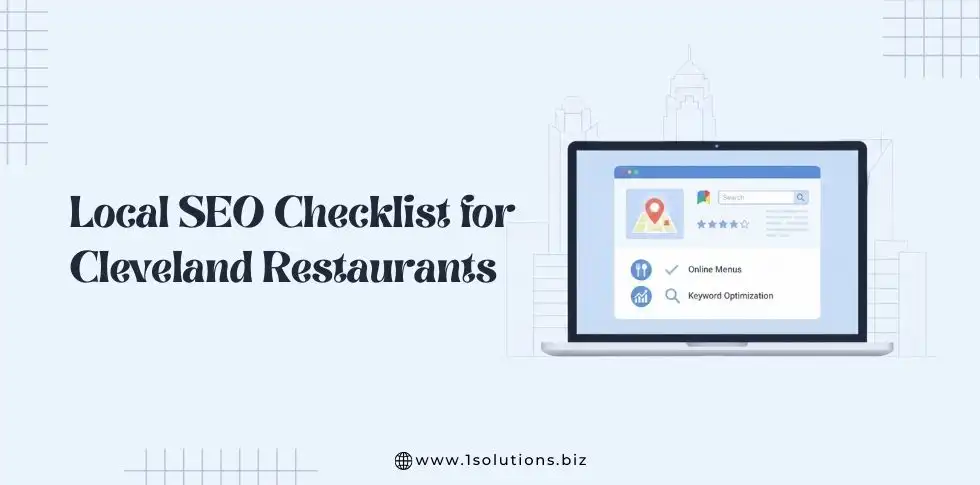
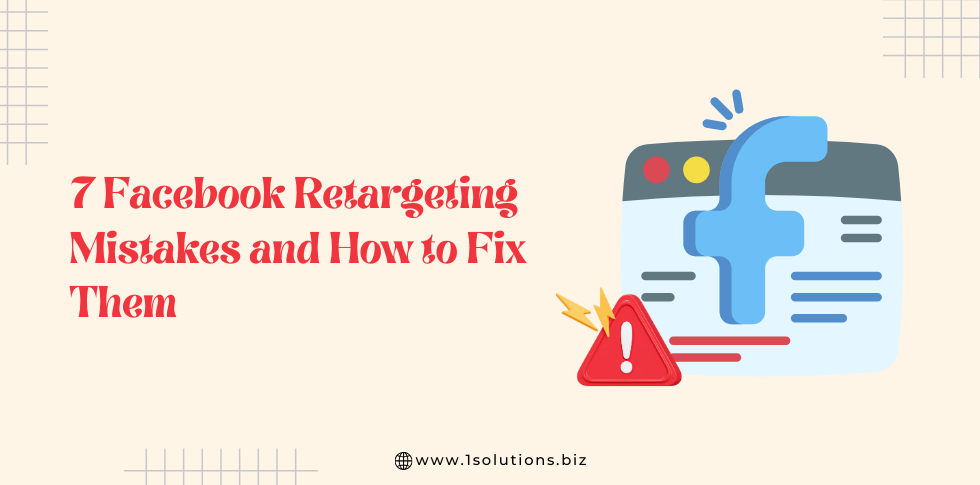
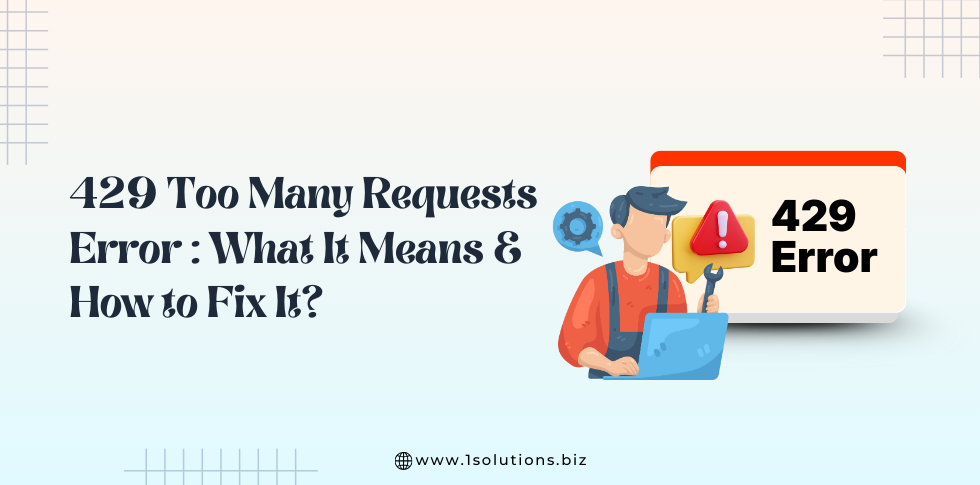
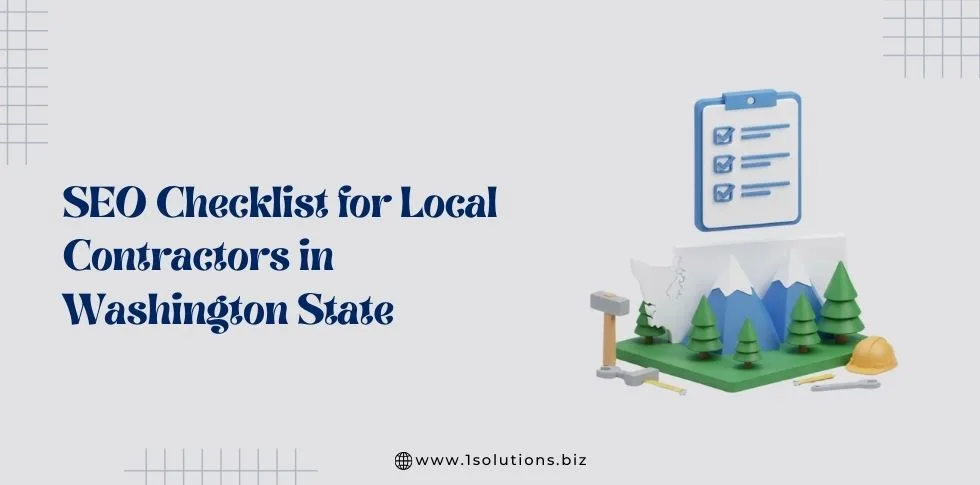
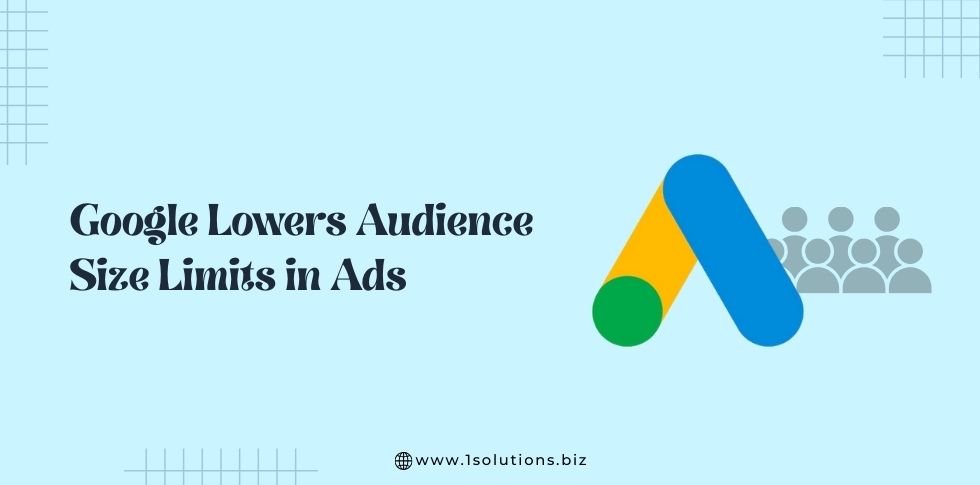

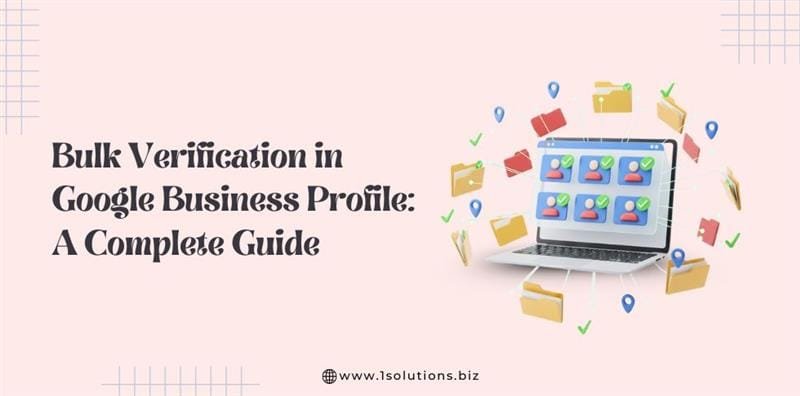
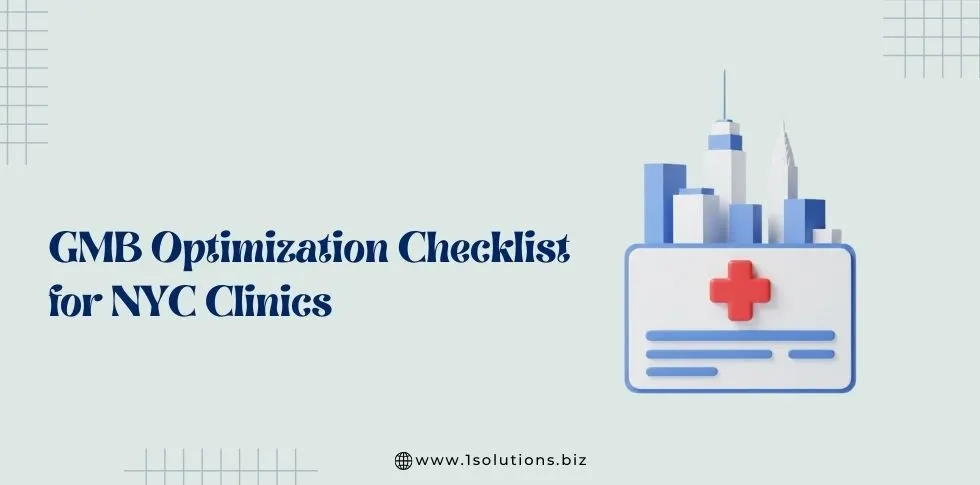
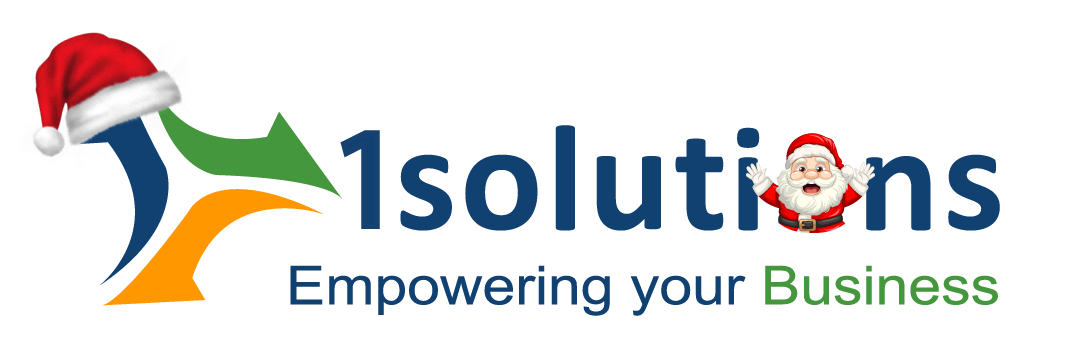



 in India
in India